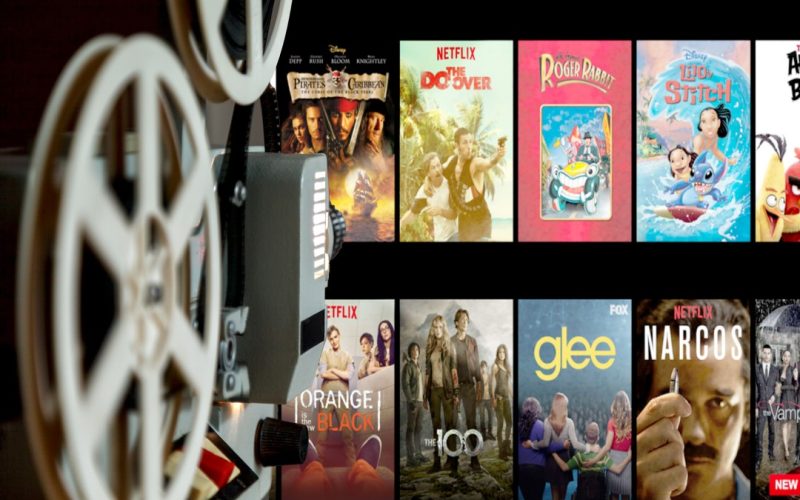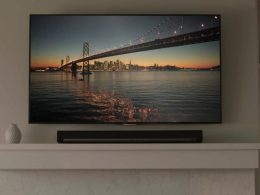Introduction
Hollywood has long been synonymous with the glitz and glamour of the silver screen, with movie theaters serving as the hallowed grounds where cinematic dreams come to life. However, the rise of digital technology and the proliferation of internet access have catalyzed a seismic shift in the entertainment landscape. This transformation is epitomized by Hollywood’s increasing pivot towards streaming platforms, a trend that has both excited audiences and raised questions about the future of traditional movie theaters.
The Rise of Streaming
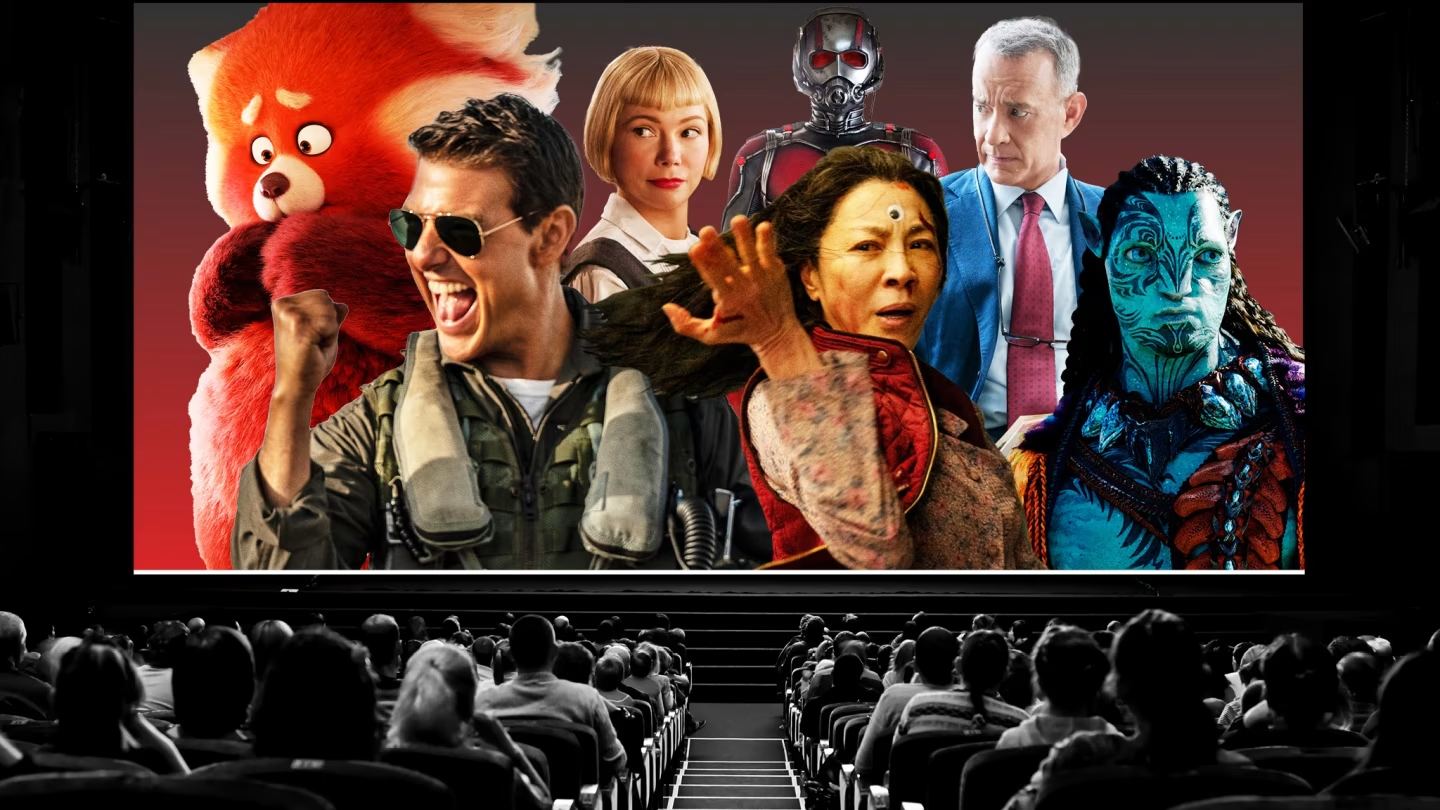
Streaming services like Netflix, Amazon Prime Video, Disney+, and HBO Max have revolutionized how audiences consume content. These platforms offer a vast library of movies, TV shows, and original content that can be accessed anytime, anywhere, often at a fraction of the cost of a traditional movie ticket. The convenience and affordability of streaming have made it an attractive option for consumers, leading to a significant increase in subscriptions and viewership.
The Impact of the COVID-19 Pandemic
The COVID-19 pandemic accelerated Hollywood’s shift towards streaming. With theaters closed and social distancing measures in place, studios were forced to adapt quickly. Many opted to release their films directly on streaming platforms, bypassing the traditional theatrical release altogether. This move not only provided a lifeline for studios during a challenging time but also demonstrated the viability of streaming as a primary distribution channel.
Hollywood’s Embrace of Streaming
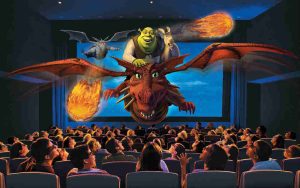
Hollywood’s embrace of streaming is evident in the substantial investments studios are making in their own platforms. Disney, for example, has heavily promoted Disney+, leveraging its vast catalog of beloved franchises like Marvel, Star Wars, and Pixar. Warner Bros. made headlines by announcing that its entire 2021 slate of films would be released simultaneously in theaters and on HBO Max. Such strategies highlight the industry’s recognition of streaming as a critical component of its future.
Original Content and Exclusive Releases
One of the key drivers of streaming’s success is the production of original content. Streaming platforms have become major players in content creation, attracting top talent and producing high-quality films and series. Exclusive releases, such as Netflix’s “The Irishman” or Disney+’s “The Mandalorian,” have garnered critical acclaim and drawn substantial viewership, further solidifying streaming’s position in the entertainment ecosystem.
Theaters: An Endangered Institution

The shift towards streaming has raised concerns about the future of traditional movie theaters. Theaters have long been the primary venue for film premieres and the communal experience of watching a movie on the big screen. However, the convenience of streaming and the changing habits of consumers pose significant challenges to the theater industry.
-
Financial Struggles and Adaptation
The financial struggles of theater chains have been well-documented, with many facing bankruptcy or closure. To adapt, some theaters have explored new business models, such as offering premium experiences, including IMAX and 4DX screenings, or hosting special events and live performances. Others have partnered with streaming services to offer hybrid release models, where films are available both in theaters and online.
-
The Enduring Appeal of Theaters
Despite the challenges, there is still a strong argument for the enduring appeal of theaters. The communal experience of watching a film with an audience, the superior sound and picture quality, and the tradition of moviegoing are aspects that streaming cannot fully replicate. Some industry experts believe that theaters will continue to play a vital role, albeit in a more niche capacity, catering to audiences seeking a premium or nostalgic experience.
The Future: Coexistence or Competition
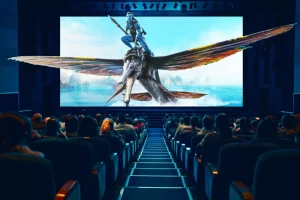
The future of Hollywood and theaters will likely involve a combination of coexistence and competition. While streaming is poised to dominate the distribution landscape, theaters will need to innovate and adapt to remain relevant. This may involve embracing new technologies, offering unique experiences, and finding ways to complement the streaming model rather than compete directly against it.
-
Hybrid Release Models
Hybrid release models, where films are released simultaneously in theaters and on streaming platforms, may become more common. This approach allows studios to maximize their reach and revenue while giving consumers the flexibility to choose how they want to watch a film. The success of this model will depend on striking the right balance between accessibility and exclusivity.
-
Embracing Technology
Theaters may also need to embrace new technologies to enhance the movie going experience. Virtual reality (VR) and augmented reality (AR) are emerging as potential game-changers, offering immersive experiences that go beyond traditional film. Additionally, theaters could leverage data analytics to better understand audience preferences and tailor their offerings accordingly.
Collaboration Between Theaters and Streaming Platforms
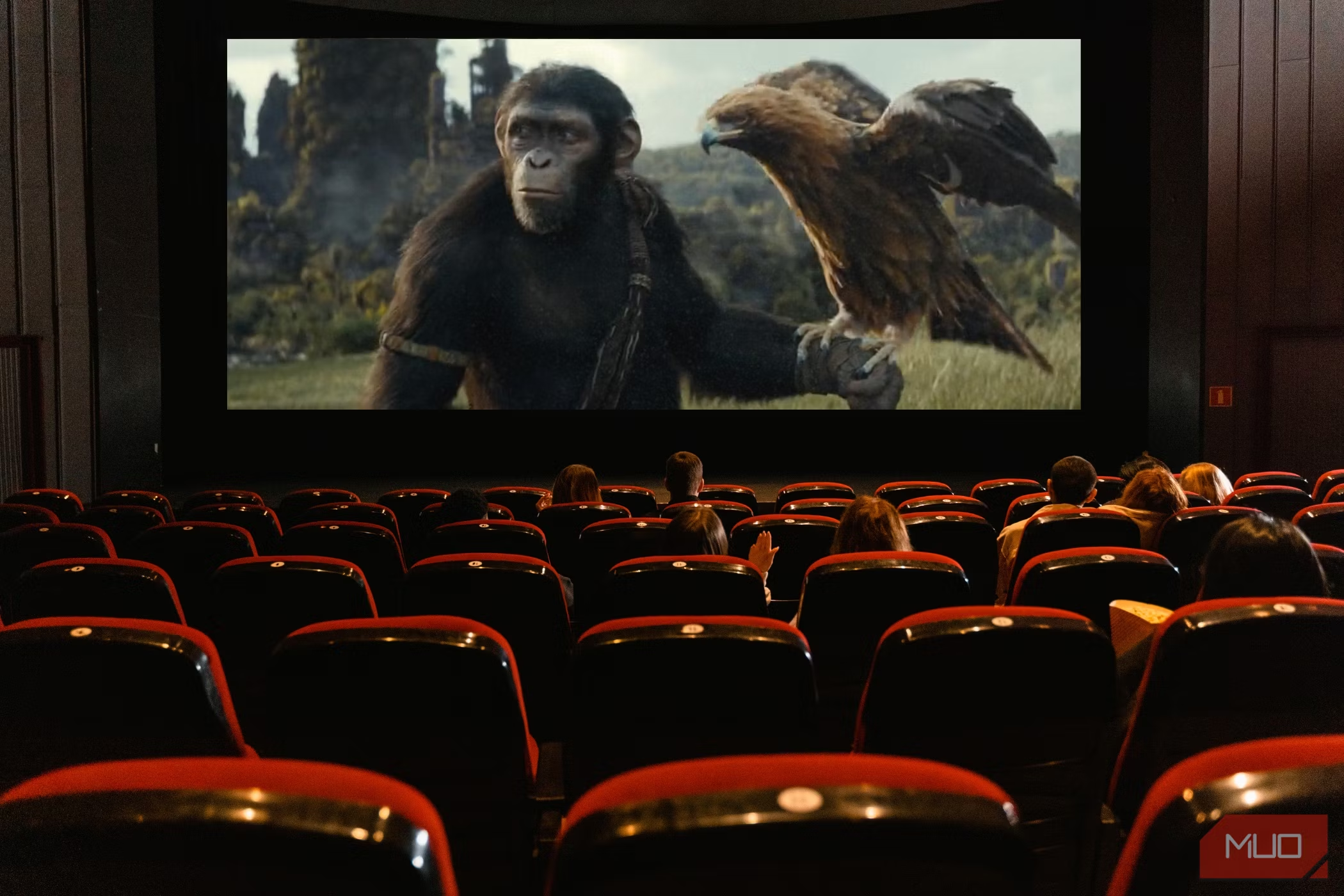
Another potential path forward is collaboration between theaters and streaming platforms. Some streaming services have begun exploring limited theatrical releases for their original content, recognizing the value of the prestige and publicity that comes with a theatrical run. Films like The Irishman and Roma had limited releases in theaters before debuting on Netflix, allowing them to qualify for awards consideration and build buzz.
Such collaborations could become more common, with theaters and streaming platforms working together to create hybrid models that benefit both sides. For example, theaters could host exclusive premieres or special events for streaming content, providing a unique experience for fans while driving foot traffic to theaters.
Conclusion
Hollywood’s shift towards streaming represents a significant evolution in the entertainment industry. While it poses challenges for traditional theaters, it also offers opportunities for innovation and growth. Theaters will need to adapt and find new ways to engage audiences, while streaming platforms will continue to push the boundaries of content creation and distribution. Ultimately, the future of Hollywood and theaters will be shaped by their ability to coexist and complement each other in a rapidly changing landscape.
In this new era, the magic of Hollywood will continue to captivate audiences, whether through the convenience of streaming or the timeless allure of the big screen.






